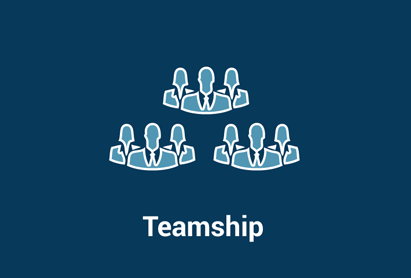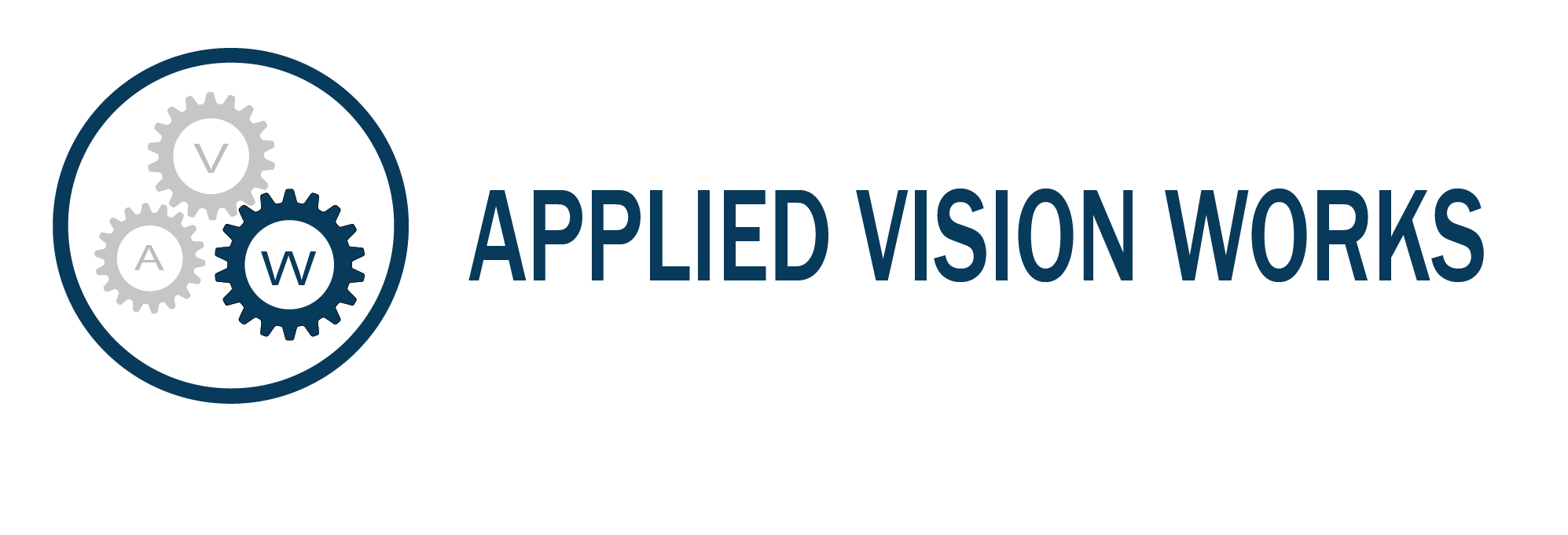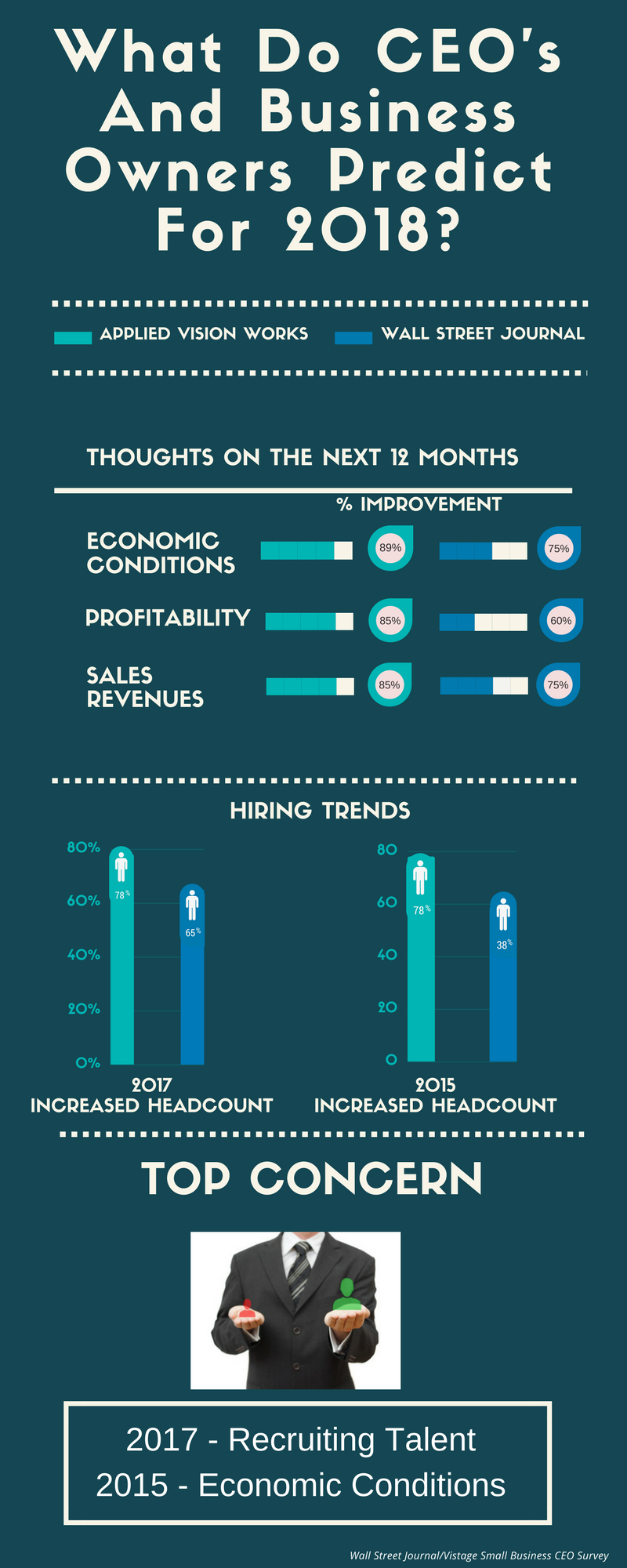
Choosing Project Team Members: The Five Employees You Need on Every Team

Are You Leading with Integrity and Passion?
How to Make Your Company More Innovative: What Proctor & Gamble Teaches Us About Company Culture

 Your company has a problem. You used to be small and innovative, but lately you’ve gotten too big. It used to be easy to implement big and exciting new changes to products and processes, but now it seems difficult. Projects balloon out of control, and seem to serve the company rather than the customers. How can you keep growing, but recapture the spirit of innovation that you’ve lost? Is it possible to innovate at all levels?
Your company has a problem. You used to be small and innovative, but lately you’ve gotten too big. It used to be easy to implement big and exciting new changes to products and processes, but now it seems difficult. Projects balloon out of control, and seem to serve the company rather than the customers. How can you keep growing, but recapture the spirit of innovation that you’ve lost? Is it possible to innovate at all levels?
It’s easy to despair when you’re faced with a problem like this, but other leaders have faced, and solved, the same problem before you. For instance, in 2000, A.G. Lafley took the helm of a troubled Proctor and Gamble (P&G). In less than 5 years he managed to radically change the company culture. If a behemoth of a company like P&G can change course, so can you. The key is to understand your unique role as a CEO and to use your position to make your company more innovative while fostering personal growth for your employees.
Why Are You Innovating?
When a company has lost its original sense of purpose, employees often forget why they’re supposed to be innovating. They turn inward, creating projects to impress their managers or burnish their resumes. At P&G, Lafley began his total transformation with a simple catch-phrase: “The consumer is boss.”
This phrase helped his employees refocus on their customers. Suddenly, it wasn’t enough to develop innovative products – they had to focus on innovative products that would appeal to their customers. By remembering why their company was founded, the employees of P&G rediscovered their sense of purpose.
You can do what Proctor & Gamble did by helping your employees reflect on their jobs, and how the work they do ultimately serves the customer. Every innovation, no matter how seemingly insignificant, should improve the lives of your customers. For instance, an improved phone system doesn’t just make employee lives better, it makes it easier for customers to contact you. Reducing waste on the line helps save your customer money and helps protect the environment for everyone.
Encouraging Innovative Ideas
P&G takes a unique approach to fostering innovation. To innovate, your people need to understand how the company currently works, put themselves in the shoes of the customer, and feel secure in making suggestions. Not all innovation is outward looking. Even people on the line can make your company more innovative by searching for ways to improve processes and workflow.
At P&G, management encourages workers to learn the jobs of everyone in their department, not just their own jobs. This gives them the knowledge they need to detect, analyze and solve any problem that arises, and to imagine improvements that can lead to innovation. By paying attention to the education and development of staff at all levels, P&G has increased retention and built a culture of innovation from the ground up.
Lafley’s change in tactics produced very real gains for P&G. For instance, the perfume division developed new scents, in-store experiences, and improved supply chains that reduced costs and increased market share. Within 15 years, the fragrance division had blossomed into a 2.5 billion dollar business and had increased its profits 25-fold. P&G has also achieved great success in emerging markets, by connecting with customers and discovering innovative solutions to the problems in their daily lives.
7 Ways to Innovate Like P&G
What should you learn from the lessons of P&G to make your company more innovative?
- Focus on the customer at all levels. Innovation has to begin with the customer. When all of your employees develop a customer-centric view, they can spot problems that need solutions and changes that advance your company’s mission. If you don’t have a customer, you don’t have a business.
- Provide employees with opportunities for continuing education and development. When you give your employees the chance to learn new jobs, take on new roles, and explore new aspects of the company, you keep them engaged at work and reduce turnover. A stable, engaged workforce is essential for turning employees into innovators, and proficiency in a wide range of jobs and skills helps your employees spot problems and develop new ideas.
- Ask for suggestions on improving processes. Employees often have ideas for change, but assume that everyone else is happy with the status quo. Rather than rocking the boat, they remain silent. Ask for suggestions for internal improvements. You’ll be pleasantly surprised at the suggestions that come pouring in.
- Reward innovators at all levels. A basic principle of economics is that if you reward something, you get more of it. If you want innovators, make sure to publicly reward and recognize employees who develop great innovations.
- Make managers and executives accessible. P&G uses an ‘open door policy’ so that executives and managers are always accessible. Make sure that your employees know that you’re interested ideas, and give them the chance to see you and talk to you. An isolated, absent executive is an executive who discourages innovation.
- Spend time with customers. If your sales staff and customer service staff are the only employees who spend time with customers, your company won’t be able to develop innovative products. All managers and executives should spend time with customers and observing how they use your products.
- Take stock on a regular basis. Schedule regular meetings where you address the following questions: What do we do well? What should we do well? Where do we need to improve? Are we doing anything we shouldn’t?
Implementing these kinds of cultural changes can seem like a daunting task. After all, you’re only one person, and you still have a company to run. If you’re unsure where to begin, the experienced experts at Applied Vision Works can help you recover the innovative culture that helped you become what you are today.





